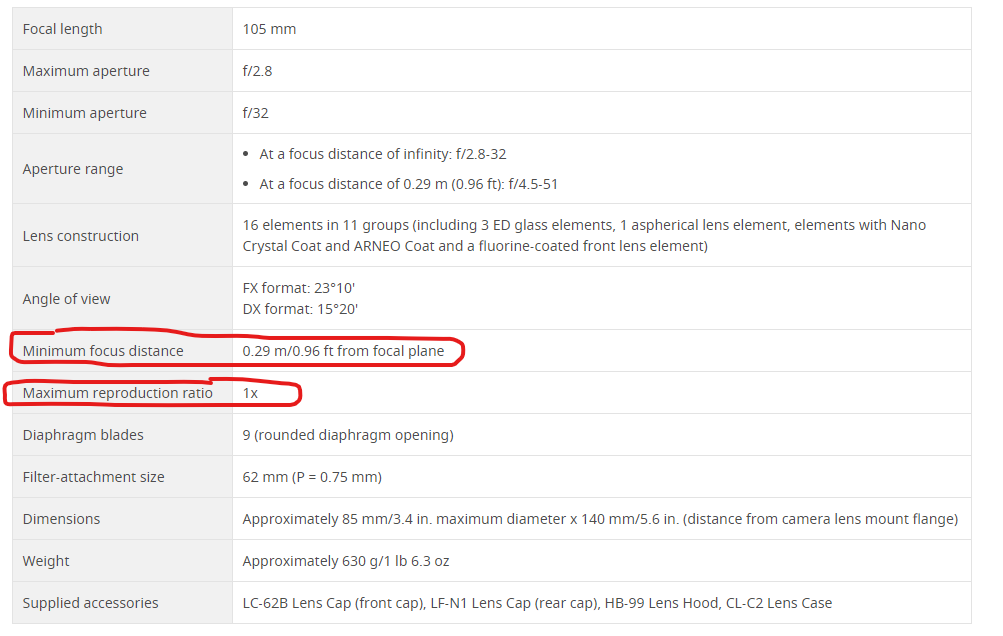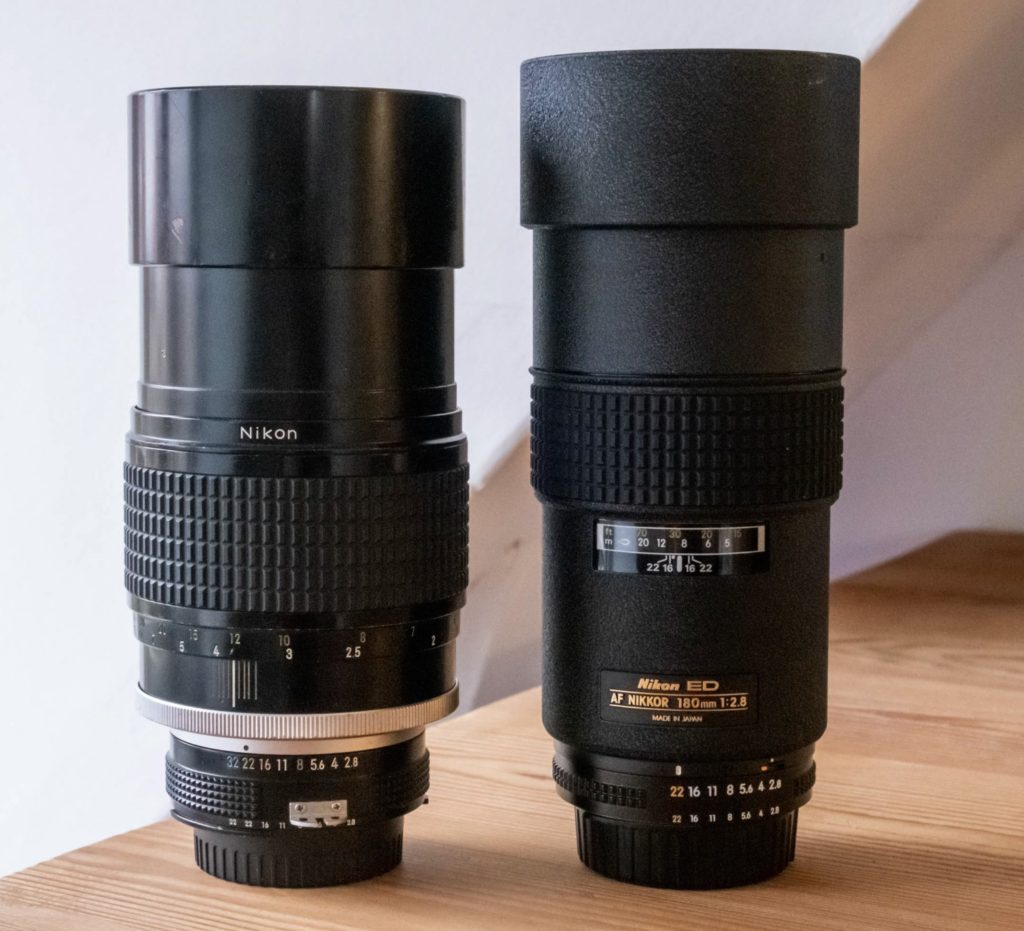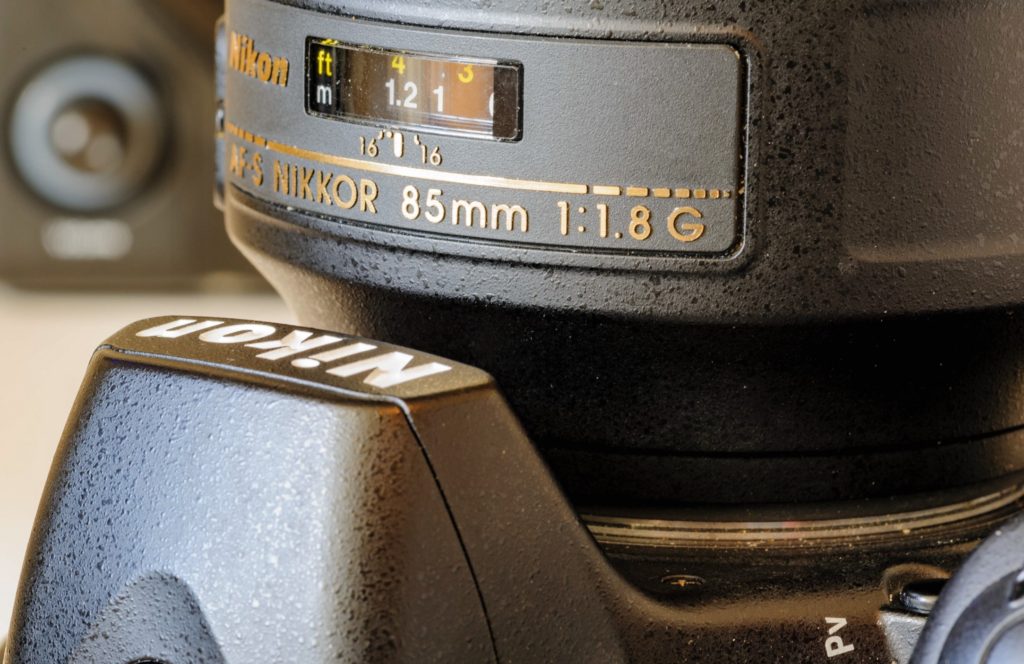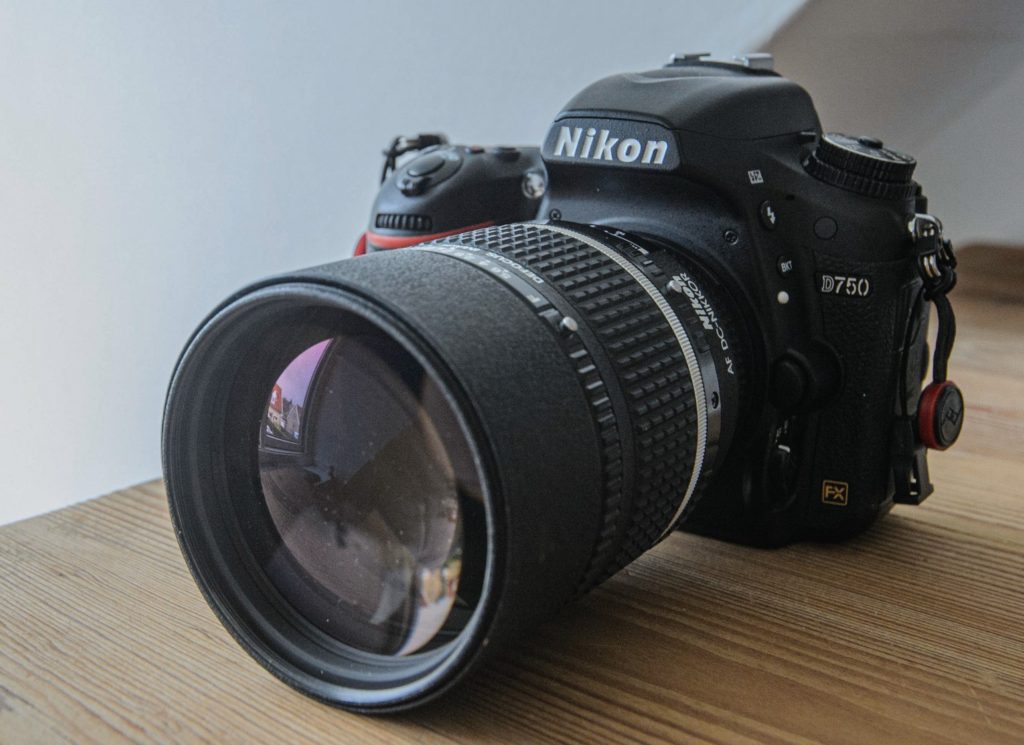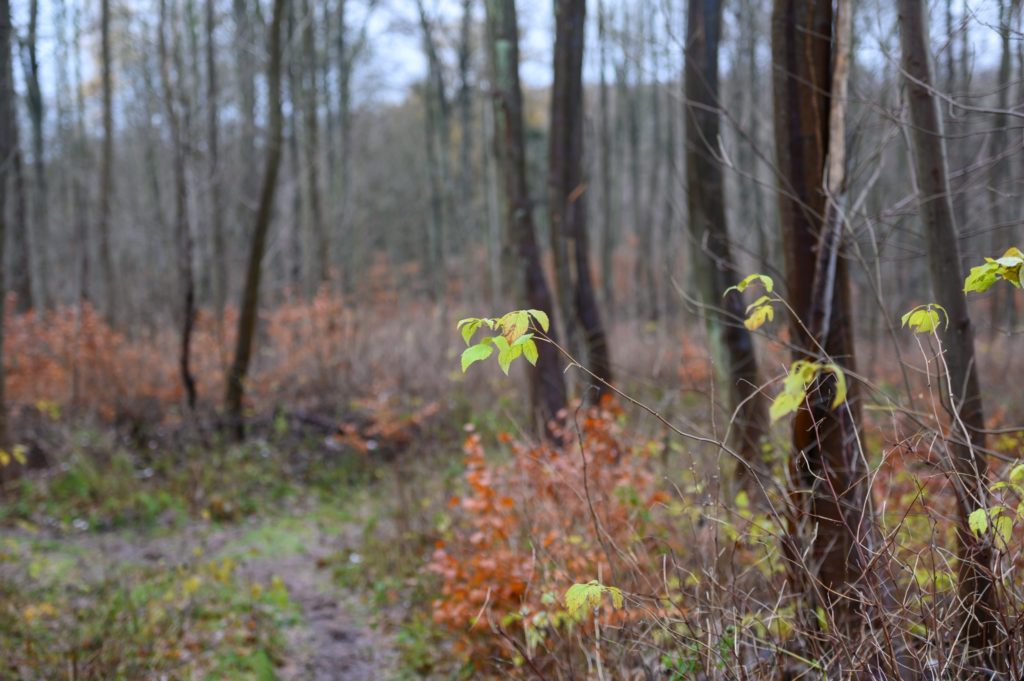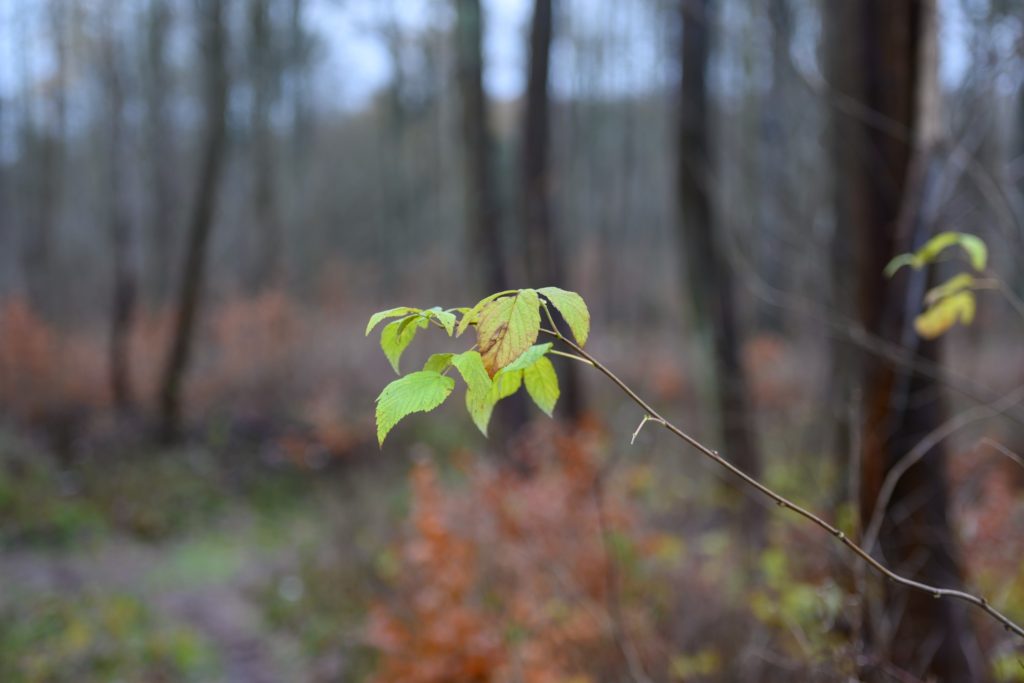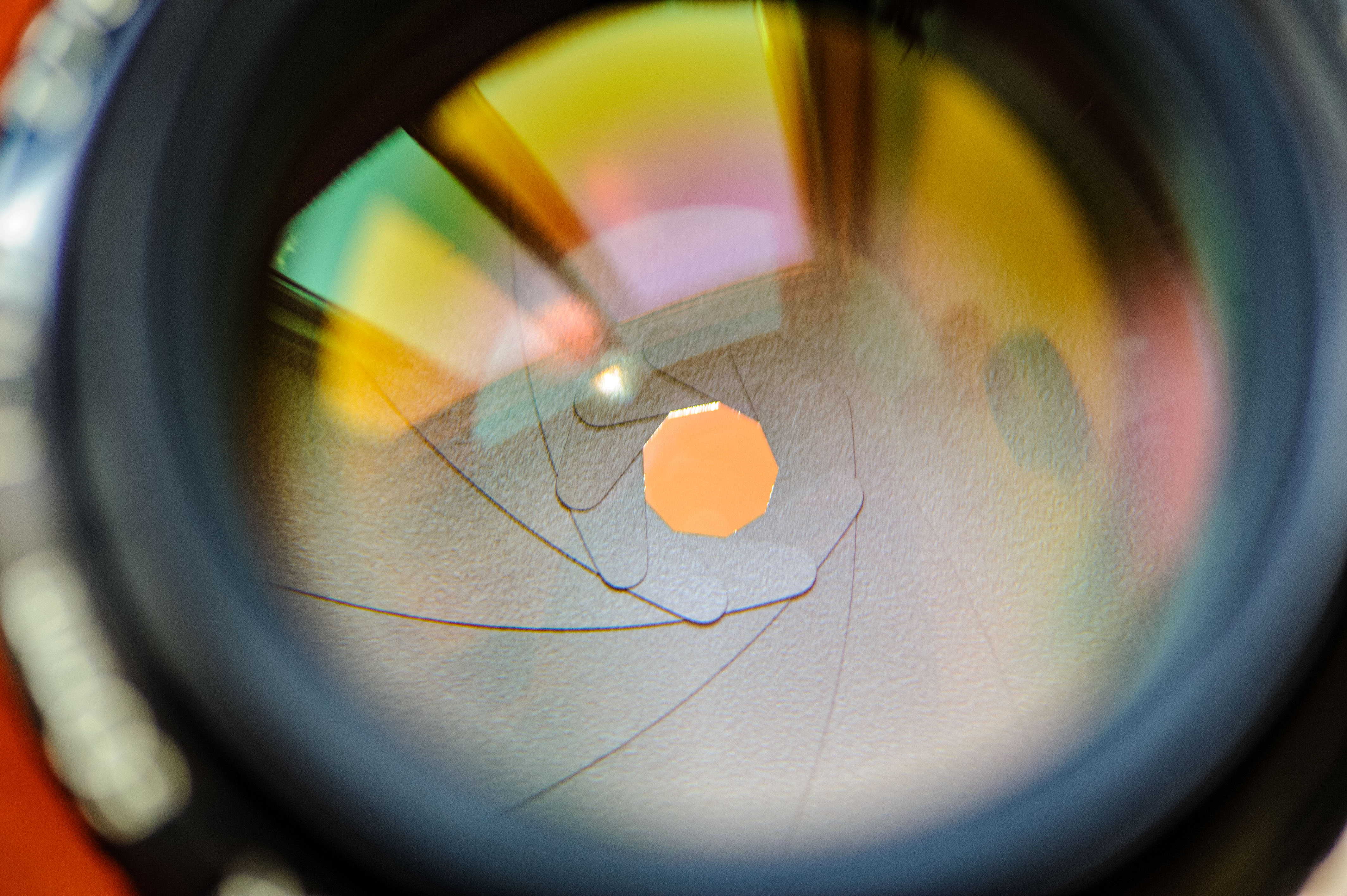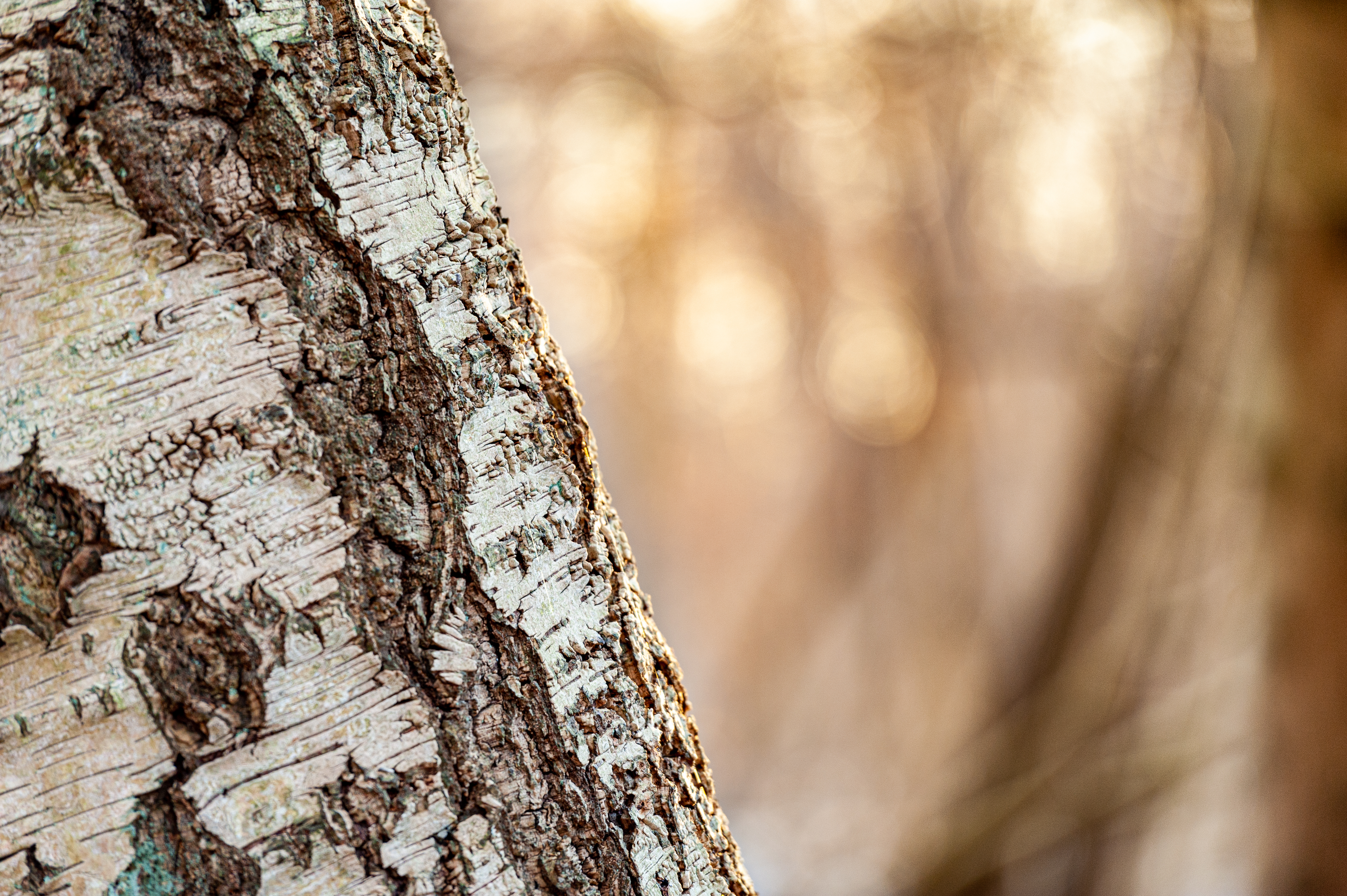What if I told you that there is a magic little gadget you can buy and install between your lens and camera, and all of a sudden the lens is significantly longer and has more reach? Does that sound too good to be true? Well, it is not. The name is teleconverter, and it comes in different variations but they all do the same: make your lens longer.
Teleconverters for Nikon comes in 1.4x, 1.7x and 2.0x meaning that the length of your lens is extended with 40%, 70% and whopping 100%! And good news is that the teleconverter is a relatively small device that does not add much weight to your setup. But it is not a free ride.
First, extenders are expensive. In order for the converter to work well and not deteriorate image quality, the glass in the converter has to be of super high quality. In addition the converter has to be 100% transparent in facilitating the communication between the lens and the camera in order for the auto focus system to work as efficient and fast as without the converter. That is a demanding challenge for the engineers. So good converters are expensive for good reasons.
Second, getting a teleconverter that works with your lens and camera may be a bit of a pain, especially if you say shoot with a Nikon body and a Tamron lens – should you then go with a Nikon teleconverter or a Tamron teleconverter? Difficult to say if you ask me. You can get third party converters that are more reasonably priced than the main brands, but make sure you study the spec sheet to see if your combo of lens and body is supported.
Third, the speed of your lens is affected negatively. How much depends on the specific model, but you can rest assured that if you have f/2.8 as your current widest aperture, then that max aperture will drop as a consequence of adding a teleconverter. So if you are shooting fast moving subjects, this could be a negative impact you seriously need to take into consideration before making the buy decision. And in addition most teleconverters will also give rise to a slight decline in image quality although the very best teleconverters will keep this decline at an absolute minimum.
And finally, if we are talking Nikon, the teleconverters only work on full frame lenses with built in auto focus motors. So AF glass will not do. Nor will APS-C glass.
So, as you have maybe guessed, I am a bit sceptical when it comes to teleconverters. I know many professional wildlife photographers use teleconverters with great success, but I just want you to understand all the down sides of the teleconverters before you go for it. Alternatively, of you have an APS-C camera lying around, try mounting that to your full frame lens – that will give you 40-50% more reach for free. Of course you then run around with a lot of glass you don’t use, but at least you are using the best part of the glass in the lens – the centre part. I have had my Nikon Z50 mounted with my 200-500 Nikkor lens and that gave a wonderful boost to the reach.



